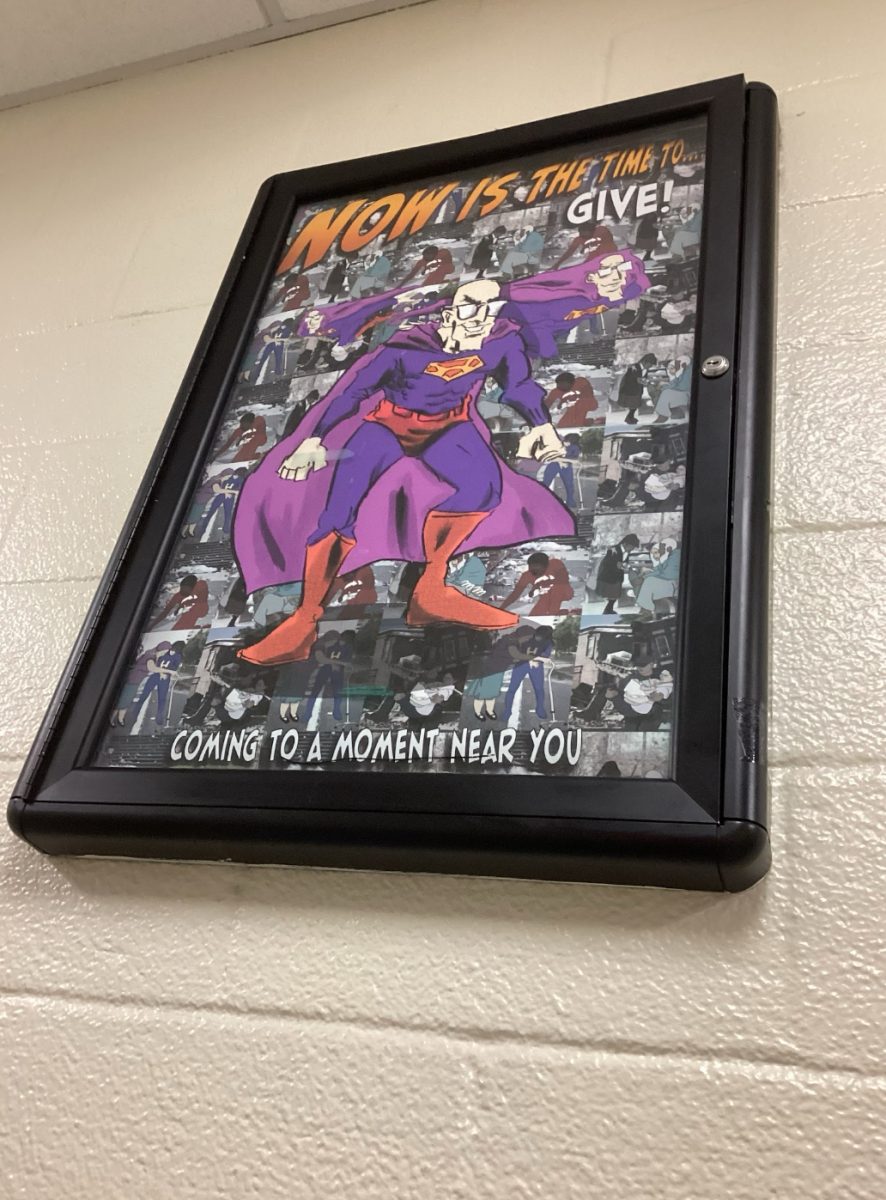Each year, with anticipation, I await the day Centennial Park, the center of town, is decorated with a new banner. Printed with ‘NPHS,’ ‘NPMS,’ ‘AWR’, and ‘SBS,’ that banner marks the announcement of the character education theme for the New Providence School District. Bright and vibrant with the inspiration to build a better community, the banner and its theme’s goal is to create the epitome of a kind, respectful, and inclusive school district. When I see that the banner is finally revealed, I turn to my parents, excited to explain the year’s theme that I had recently learned about in school. However, I never put any more thought into the topic and never, for example, planned out how I would fulfill the theme’s purpose.
This year’s theme is ‘Now is the Time’. Other themes from the past included ‘Be Today’s Hero’ or ‘Start Small, End Big’. Regardless of what the tagline is each year, the New Providence School District and Character Education Committee have a goal of strengthening school unity and character, but their impact may be different than they have envisioned it.
Mrs. Kwiatkowski is the Assistant Principal at New Providence High School and has a large role in enforcing the theme’s intentions.
She said: “It’s always important to be thinking and reflecting on how to build good character. Every year, we have this theme, but honestly, it all boils down to just being a good person.”
Similarly, Ms. Noppenberger, a counselor at the high school and a leader of the Character Education Committee, agreed that learning about strong character is “a way for students to grow [because] you’re thinking beyond yourself. You’re feeling better about yourself, so that’s helpful too.”
Furthermore, Noppenberger hopes that students find “benefiting your peers, your community in the world around you, and you as an individual [rewarding] because if everyone has the common theme of growing and improving and doing for others, all of the outcomes are going to be great and everyone’s going to see success in that.”
Kwiatkowski wishes to make sure the theme highlights current acts of exemplary character as well as encourages students to make a difference.
For example, the National Art Honors Society recently “donated their time and they painted the windows at the Prestige Diner. [The Character Education Committee] right now is doing a Veterans drive [to collect and donate necessary supplies]. The Future Medical Professionals Club was just doing a drive. The community service club is always doing a drive.”
While it feels like there’s been a slow start in spreading the word about this year’s character education theme, for the rest of the year, the committee has big plans for creating a supportive environment and community.
Kwiatkowski said: “Each month is going to have a different theme. December’s theme is giving. In January, our theme is going to be inclusivity. February is going to be about spreading love. When you come into school, you’re going to see a number of posters around the school” to express what the theme is.
The posters should spread awareness of character education across the school, initiating acts of kindness and selflessness in efforts of creating an example of character for other students. Forms of advertisement like posters pop out and have the ability to easily portray the character education theme. Reminders to have a strong character across the school can be effectively shared when posters are dispersed throughout the halls.
The theme’s significance is also dependent on teachers’ ability to spread the message.
Rachel Zack, a freshman, thought “the purpose of the character education theme is to encourage kids to take actions and stand up for what’s right.”
She said: “The staff do not do a good job of enforcing the theme because the only way I would know what the theme is would be because that’s what is said above all of the clocks. We didn’t have any ceremony or assembly.”
On the other hand, Brynn Hageman, another freshman at the high school, said: “It’s hard to pinpoint a time [that teachers specifically referenced the theme,] but I feel like the teachers definitely push the idea to not procrastinate” and push other aspects of the character education theme as well.
In support of Hageman’s claim, Mr. Niedziejko, who teaches Concert Band and Music Theory, said: “I don’t necessarily take the individual theme for the year, but I do talk about character a whole lot in the way you carry yourself and present yourself in an environment where you’re affecting other people.”
While certain students make an effort to embody the character education program, others seem unaware of how it could or should impact them.
Hageman said: “I try to respect my teachers and students alike. I try to represent the school as best I can. The character education theme definitely helps remind me that now is the time to be important and make an impact in this world.”
Likewise, Hageman expressed that she believed that her friends are exemplary in executing the theme. However, she struggled to see similar morals in people that she does not have a close, friendly relationship with.
Although certain students do very well in expressing the character education theme, a widespread ignorance about the character education theme shows that the district must continue to push for a strong character education program in order to end the student body’s lack of motivation to embrace the character education theme.
When interviewing and asking my peers to elaborate on the character education theme and its lessons, many failed to even recall what this year’s theme is. Multiple students admitted that they do not apply the practices of strong character to their everyday life and similarly do not see those practices in the actions of their peers.
Niedziejko believes that students think of the theme as less of a guideline and more of “a tradition. We do this every year and I don’t necessarily know if it is a meaningful endeavor for each student all the time. It is for some but not for all.”

